GHOST
HUNTING
GHOST
HUNTING
A Survivors Guide
JOHN FRASER

This book is for Dominique, who forever raises my spirits.
First published 2010
The History Press
The Mill, Brimscombe Port
Stroud, Gloucestershire, GL5 2QG
www.thehistorypress.co.uk
This ebook edition first published in 2013
All rights reserved
John Fraser, 2010, 2013
The right of John Fraser to be identified as the Author of this work has been asserted in accordance with the Copyright, Designs and Patents Act 1988.
This ebook is copyright material and must not be copied, reproduced, transferred, distributed, leased, licensed or publicly performed or used in any way except as specifically permitted in writing by the publishers, as allowed under the terms and conditions under which it was purchased or as strictly permitted by applicable copyright law. Any unauthorised distribution or use of this text may be a direct infringement of the authors and publishers rights, and those responsible may be liable in law accordingly.
EPUB ISBN 978 0 7509 5269 9
Original typesetting by The History Press
ACKNOWLEDGEMENTS
Woodchester Manor Trust, for the photograph of Woodchester Manor; Philip Carr, for orbs and candle photographs; Ken MacKenzie, for the photograph of Ham House; Ann Bowker, for her photographs of Sandwood Bay; Eddie Brazil for his photographs of the Borley Rectory sie and Church; Rosemary Murdie, for all her assistance in drafting; and Dominique Fraser, for the photographs and for all her help and support.
INTRODUCTION
Hunting ghosts science, pseudoscience or pastime?
Many people have a fascination for the unexplained. This may simply take the form of scaring oneself with novels or with films about the paranormal. One need only look at the success of such books as Dracula or Frankenstein in the nineteenth century, through to movies such as The Exorcist or, more recently, the most atmospheric film The Others to see that this appeal is timeless and perhaps innate in us all. For some, however, that interest goes a little deeper.
My own fascination began in the mid-1970s when I saw a then-rare television documentary on the subject called The Ghost Hunters. This featured Borley Rectory, renowned through much of the twentieth century as being the most haunted house in England. When I suddenly realised that people took such things seriously, the local library soon became mysteriously devoid of books on the subject as my fascination grew.
About a decade later, shortly after leaving university, I took the opportunity while up in Scotland to drive a barely roadworthy Vauxhall Viva up to the countrys very north-east tip. My destination was a haunted place called Sandwood Cottage, a ruined shell of a former croft house at the desolate and also haunted Sandwood Bay. My mode of transport was of course entirely unsuitable for such a long trip. However, fate was on my side and the Automobile Association kindly replaced my gearbox as I stuttered through Perth, rather than tow me the 500 miles back to London. I was thus sent on my way, more through luck than judgement, to an active pursuit of my interest which has now lasted twenty years.
Sandwood Cottage was, and still is, perhaps the ultimate in ghost hunts. This is not because it is necessarily the most active, although it does have its fair share of sightings considering it is in the most desolate part of northern Scotland. Its ultimate tag comes more because it is several miles from the nearest road, surrounded by peat bogs and reportedly quicksand. You are in effect trapped for the night in a haunted house! The cottage and bay is reportedly haunted by a bearded sailor, amongst other things. Whilst the nature of the haunting will be further discussed in later chapters, it is sufficient to say that this investigation (especially after the loss of my high powered torch), was based on bravado rather than trying in any way to scientifically prove the paranormal. On arrival at dusk and discovering my lack of artificial light, I spent an initially nerve-racking but eventually very exhilarating night, without incident other than the unique feeling of creating an adventure into the unknown.
My research into the alleged haunting was thankfully far better organised than my rather amateur vigil and through swapping notes on the case with the writer Peter Underwood, I was invited to join the Ghost Club of which he was then Chair. Subsequently, following far more experience, I spent a number of years as Vice Chair of the club, in charge of Investigations. Currently I am on the council of the Society for Psychical Research (SPR) whilst also co-ordinating investigations on their Spontaneous Case Committee.
My brief rsum about my entry into the subject is intended to show that most ghost hunters, including myself, start off with very little more than a thirst for adventure and an undirected urge to seek out the truth. As investigating the paranormal is by and large a voluntary, unpaid pastime, such motivations are of course essential. This does however lead to two key questions which perhaps form the essence of what this book is about:
 Are such motivations sufficient to ensure that the paranormal can be investigated in such a way as to prove or disprove the phenomena?
Are such motivations sufficient to ensure that the paranormal can be investigated in such a way as to prove or disprove the phenomena?
 Can such evidence gathered from a ghost hunt be presented in ascientific way to actually allow at least open-minded scientists to make comment?
Can such evidence gathered from a ghost hunt be presented in ascientific way to actually allow at least open-minded scientists to make comment?
When the first modern renaissance of paranormal investigation came about in the mid to late nineteenth century, it was led to a large extent by scientists at the forefront of their disciplines trying to find a connection between their new scientific theories and the unexplained phenomena of the age. The earlier presidents of the SPR for example included:
 Balfour Stewart (1827-1887) physicist; Professor of Physics atQueens College, Manchester, from 1870; Fellow of the Royal Society.
Balfour Stewart (1827-1887) physicist; Professor of Physics atQueens College, Manchester, from 1870; Fellow of the Royal Society.
 Sir William Crookes (1832-1919) chemist and physicist; discoverer of thallium and cathode rays; inventor of radiometer.
Sir William Crookes (1832-1919) chemist and physicist; discoverer of thallium and cathode rays; inventor of radiometer.
 Sir Oliver Lodge (1851-1940) a renowned physicist.
Sir Oliver Lodge (1851-1940) a renowned physicist.
 Charles Richet (1850-1935) French physiologist; Professor of Physiology at the Faculty of Medicine of Paris; won the Nobel Prize in 1913.
Charles Richet (1850-1935) French physiologist; Professor of Physiology at the Faculty of Medicine of Paris; won the Nobel Prize in 1913.
It also included Arthur Balfour, who was president in 1893 and who was also to become the Prime Minister at the turn of the twentieth century. To put this in context, imagine David Cameron being the president of a major paranormal investigation group. It can be clearly seen then just how far the divide between paranormal investigations and societys leading scientists, academics and public figures has become.
Through much of the twentieth century, although with perhaps some recent exceptions, the standard bearers of the paranormal have been independent-minded volunteers and, in a few cases, professional authors. Both these categories have included the insightful, the gullible and some who may have been simply more interested in what sells books. While a few scientists have remained involved, a fair percentage of those do so quite openly to debunk rather than to engage in open-minded research.
Next page


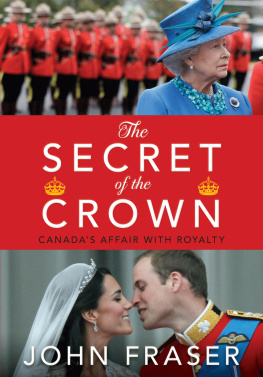

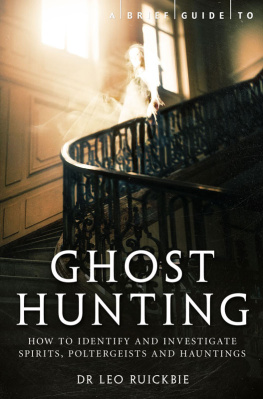
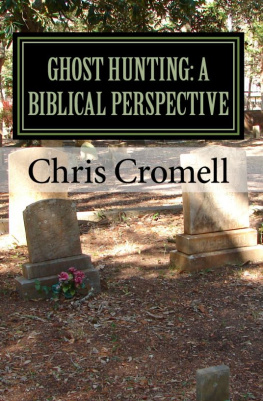

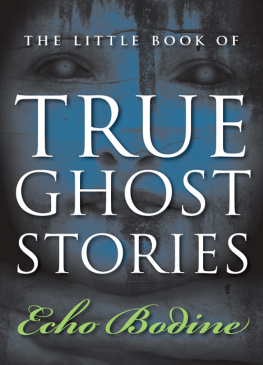

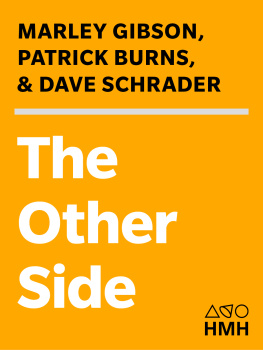
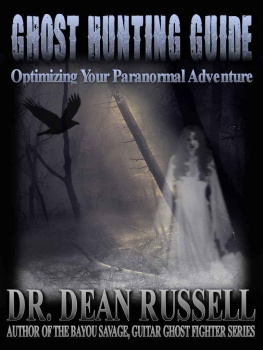
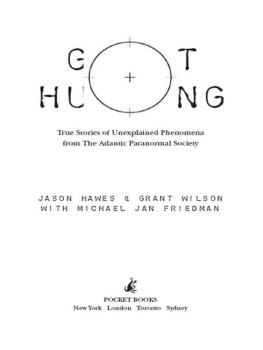
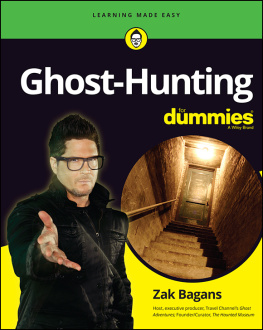
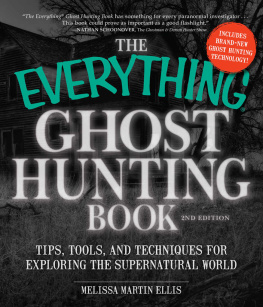

 Are such motivations sufficient to ensure that the paranormal can be investigated in such a way as to prove or disprove the phenomena?
Are such motivations sufficient to ensure that the paranormal can be investigated in such a way as to prove or disprove the phenomena?